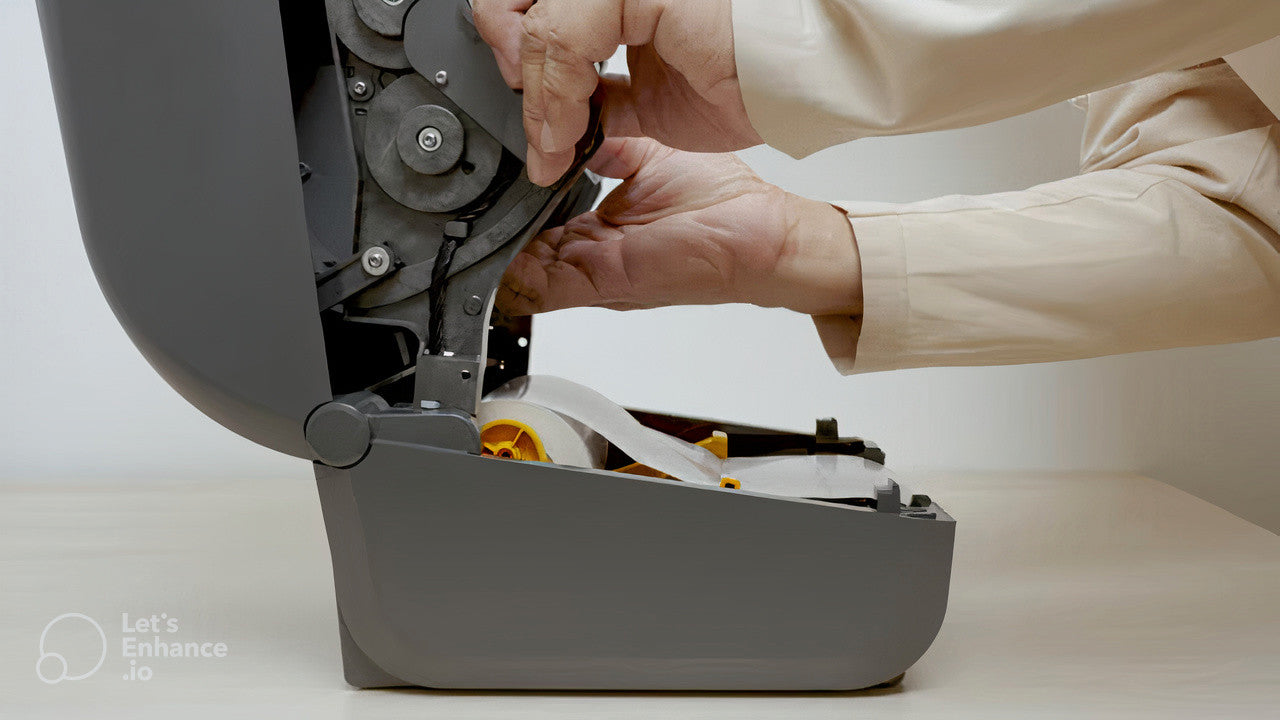
What Are the Best Practices for Handling Thermal Paper Rolls?
Thermal paper rolls are essential in many industries, from retail to hospitality. They ensure smooth transactions and accurate record-keeping.
However, improper handling can lead to wasted paper, printer jams, and poor-quality prints. In this blog post, we’ll cover the best practices for handling thermal paper rolls to keep your operations running smoothly.
Introduction
Thermal paper rolls are a staple in various businesses, providing quick and efficient printing for receipts, tickets, and labels. Despite their widespread use, many people are unaware of how to handle them properly. This can lead to problems such as faded prints, paper jams, and unnecessary waste. By following some simple best practices, you can extend the life of your thermal paper rolls and ensure consistent, high-quality prints every time.
Best Practices for Handling Thermal Paper Rolls
1. Proper Storage
One of the most important aspects of handling thermal paper rolls is proper storage. Thermal paper is sensitive to heat, light, and humidity. To ensure that your rolls stay in good condition:
- Store in a Cool, Dry Place: Keep your thermal paper rolls in a cool, dry place. Avoid areas with high humidity or direct sunlight, as these can cause the paper to deteriorate.
- Use Airtight Containers: If possible, store your rolls in airtight containers to protect them from moisture and other environmental factors.
- Keep Away from Heat Sources: Avoid storing thermal paper near heat sources such as radiators, ovens, or other appliances that generate heat.
2. Handling and Loading
Proper handling and loading of thermal paper rolls are crucial to prevent damage and ensure smooth printing:
- Clean Hands: Always handle thermal paper with clean hands to avoid transferring oils and dirt, which can affect print quality.
- Avoid Dropping: Thermal paper rolls can be delicate. Dropping them can cause the edges to become damaged, leading to paper jams.
- Follow Printer Instructions: Each printer model may have specific instructions for loading thermal paper rolls. Follow these instructions carefully to avoid misfeeds and jams.
3. Using the Right Type of Paper
Using the correct type of thermal paper roll for your printer is essential:
- Check Compatibility: Ensure that the thermal paper rolls you purchase are compatible with your printer. Using the wrong type can lead to poor print quality and potential damage to your printer.
- Quality Matters: Invest in high-quality thermal paper rolls. Cheaper alternatives may save you money upfront but can result in frequent jams and poor print quality, costing you more in the long run.
4. Regular Maintenance
Regular maintenance of your printer and thermal paper rolls can extend their lifespan and improve performance:
- Clean Your Printer: Regularly clean your printer’s print head and rollers to remove any dust or debris that can affect print quality.
- Inspect Rolls: Before loading a new roll, inspect it for any signs of damage, such as wrinkles or tears. Damaged rolls can cause jams and poor-quality prints.
- Replace When Needed: Don’t wait until your thermal paper rolls are completely used up before replacing them. Partial rolls can sometimes cause issues with feeding and printing.
5. Environmental Considerations
Properly disposing of thermal paper and being mindful of environmental impact is also important:
- Recycle When Possible: Check if your local recycling program accepts thermal paper. Some types of thermal paper can be recycled, while others cannot.
- Eco-Friendly Options: Consider using BPA-free thermal paper rolls, which are safer for the environment and for those handling the receipts.
Final Thoughts
Handling thermal paper rolls properly is essential for maintaining the efficiency and quality of your business operations.
At POSPaper, we offer a wide variety of high-quality thermal paper rolls to meet your needs. Explore our selection and ensure your business runs smoothly with the best products on the market.
Share your experiences and tips on handling thermal paper rolls in the comments below!
